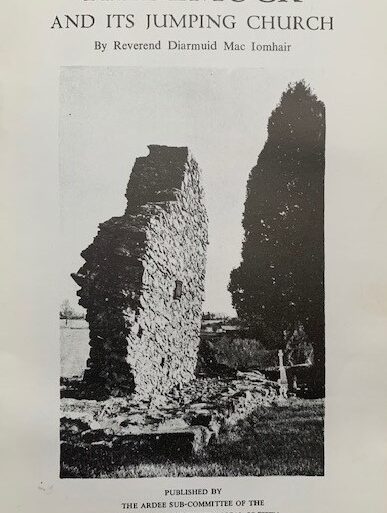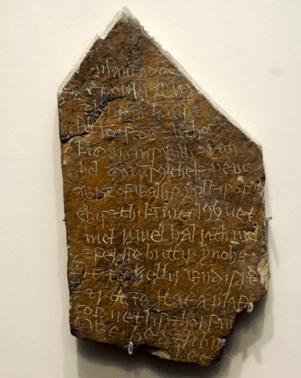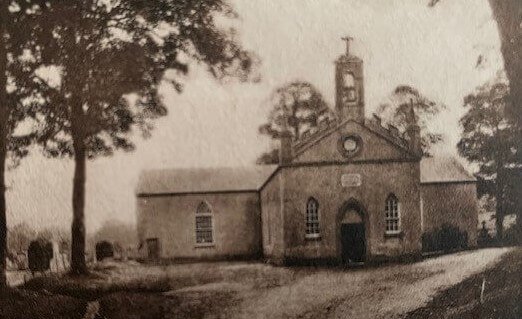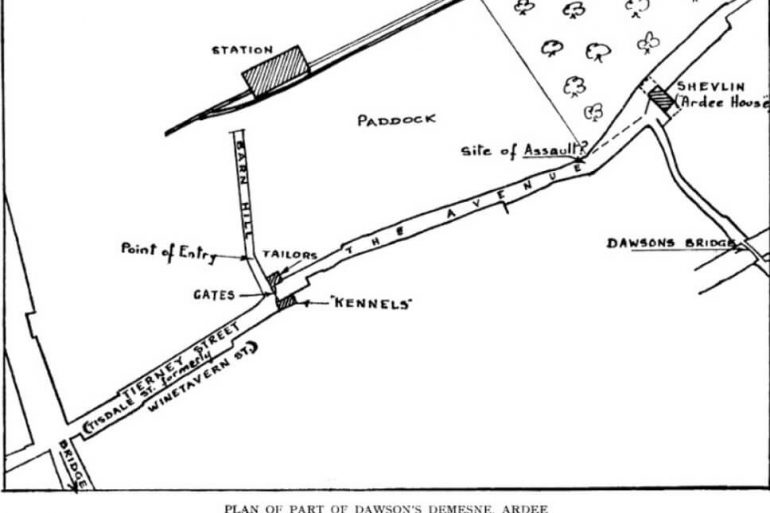Written by Rev Diarmuid MacIomhair - generously forwarded to this site by Leonard HatrickÁth Fherdia is the Ford of Ferdia, where this ancient hero fought his epic fight with Cuchulainn about two thousand years ago. Then and for long afterwards it was an important river crossing on the highway of Slighe Midhluachra which led from Tara to Armagh; but it was not yet a town. That did not come about ...
Read MoreWritten by Rev Diarmuid MacIomhair - generously forwarded to this site by Leonard HatrickKildemock is one of the countless little ruined churches all over the country. Embosomed in our green Irish fields, the graves of its dead around it, it is a quiet spot now, apart from the daily life of men. Yet it was not always like this. There was a time when it stood whole and entire under ...
Read MoreThe mill was not only an essential element in the economy of any manor but was also a source of considerable profit to the lord who owned it. For that reason lords were careful to see that there was no erosion of their milling rights.
Read MoreThe slates dating back to the 15th century, are inscribed in Latin and/or English and consist of medical or veterinary prescriptions, ecclesiastical matters and musical notation.
Read MoreBallapousta is not a recognised town land in itself although it is mentioned on some maps, but the area is known by this name. The question is why is this so? The answer possibly is related to the road on which the new school house is sited on
Read MoreInspired by William Petty's obsessive concern with the ratio of Irish to English in each barony and county, a most crucial component of the ‘Census’ is the listing of the principal family names at the end of each baronial entry.
Read MoreThe year 1826 stands out as a landmark in the history of Co Louth. The Catholic Association had already unfurled its banner in the South and Stuart of Dromara had been returned for Waterford against the whole power of the Beresfords
Read MoreAlderman Richard Dawson, father of the purchaser of the Ardee estate, was a prominent banker in Dublin. We have read somewhere that Dawson Street, Dublin, was named after him and that he built the Mansion House.
Read MoreIn 1641 the Keppock estate contained 509 Irish acres, plantation measure – but it is to be noticed that the Down Survey generally stated the contents as less by about one-seventh than the actual measurement – so that the Keppocks must have owned almost 600 of our modern Irish acres. The estate lay chiefly in Baltrasna, Great Lough (now Broad Lough), Mulladrillen, Rathgory, and the town of Ardee.
Read MoreThey met at the place now called Ath Ferdia, within 80 perches off Ardee to the west where an engagement took place between them. Cuchulain then gave Fear-dhiadh a mortal wound with the Gae bulga of which he immediately died: whence the ford is called Ath Ferdiad and the town Baile Ata Ferdiad.
Read More








